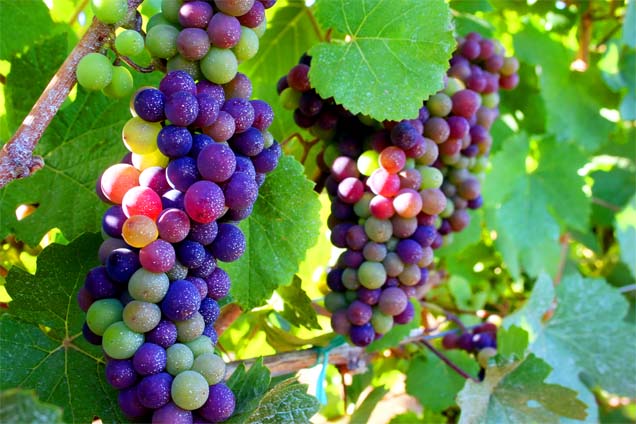A Guide to Pinot Noir Grape
Description
A fashionable red grape variety, the Pinot Noir grape produces divinely scented and gorgeously fruity expressive wines. Pinot Noir takes its name from an amalgamation of two French words; “Pinot” which stands for pine, due the grapes pine cone shape and the fruit clusters. The term “Noir” comes from grape’s natural dark colour. A Pinot Noir reaches its highest peaks of fruit expression in cool climate regions where the temperate weather allows the grape to intensify in flavour and colour.
The Pinot Noir further gains its popularity due to its tendency to mutate into other varieties such as the Pinot Gris, Pinot Meuniere and Pinot Blanc. In this issue, we will focus on the two main varieties; the Pinot Noir (Red) and the Pinot Gris.
- The Pinot Noir
The stifling heat of summer often inhibits the red wine lover in us, which is unfortunate, as in general, red wine offers more complexity and flavour. However, a cool climate Pinot Noir is the ideal red wine for such occasions where the Pinot offers a berry and fruity profile making it an easy drinking wine. With its clean fruit finish and light bodied palate, a Pinot Noir matches perfectly well with red pasta sauces, goat cheese and various red meats such as a duck confit.
- The Pinot Gris
A white mutation of the Pinot Noir grape, the Pinot Gris has become relatively popular choice of wine among the Australian Wine lovers. Trumping over the Chardonnay, Pinot Gris has made its own mark in the wine market with its stone fruit and nectarine aromas along with its hay characteristics. Higher in its sugar content with low acidity levels, it makes the perfect wine to match with summer salads, Christmas seafood dishes and some light white meats.
Source:
The Australian Wine Research Institute; Jancis Robinson; the Wine Cellar Insider






